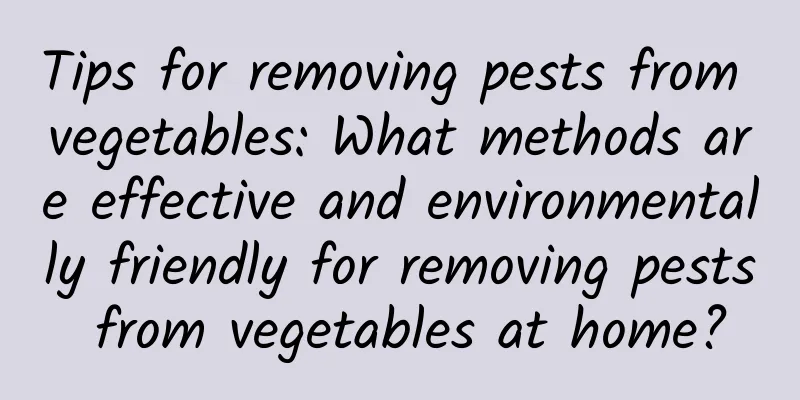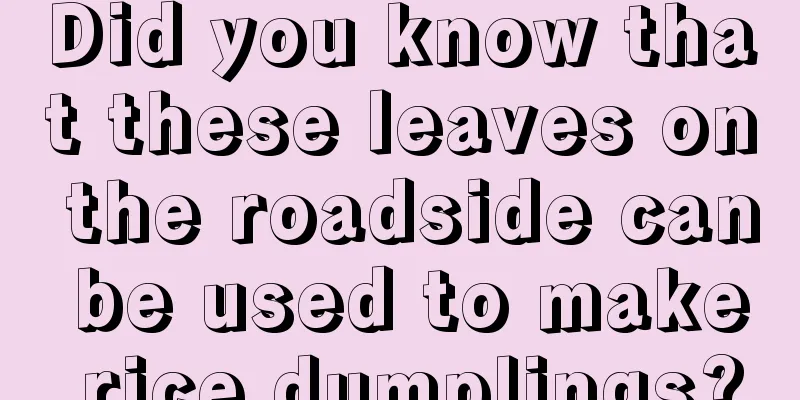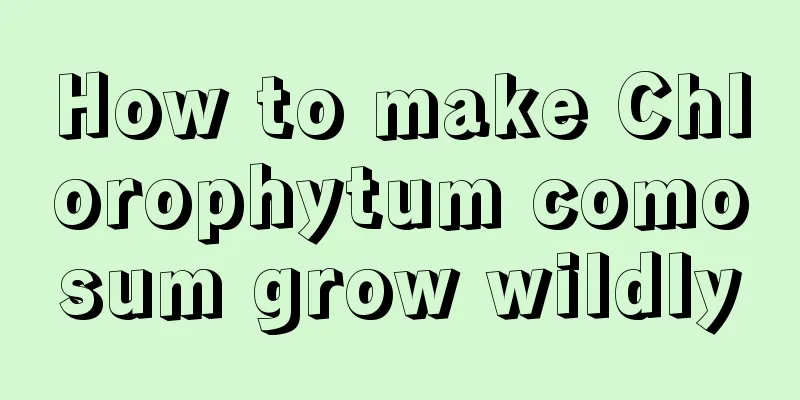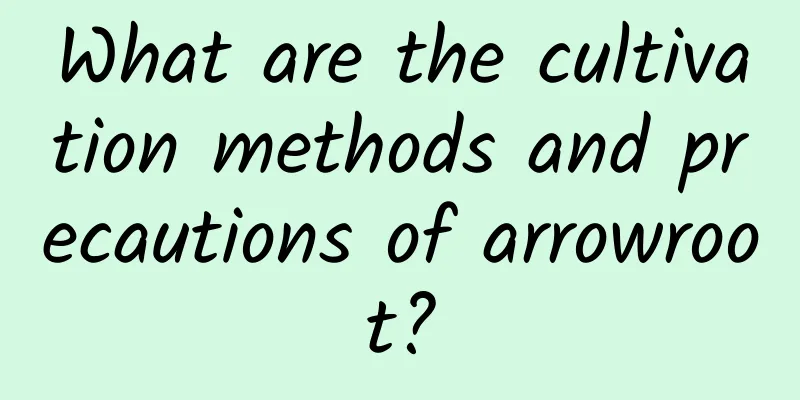Urea plus potassium dihydrogen phosphate as foliar fertilizer sprayed together (is it effective to use them together)
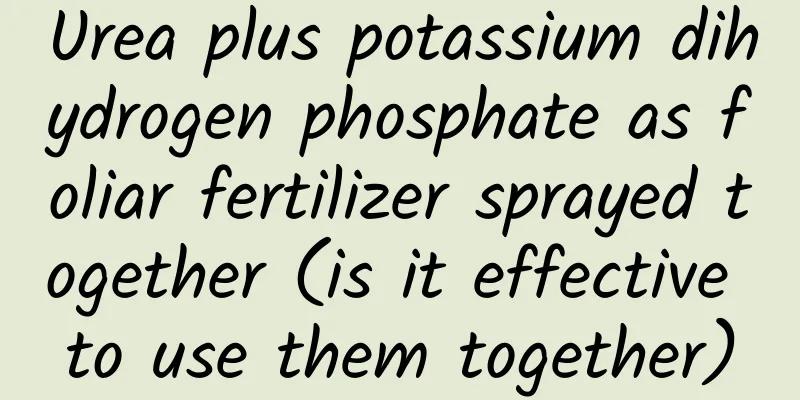
|
In addition to staple foods such as rice and noodles, people also eat side dishes such as meat, vegetables, and fruits. The same is true for crops. In addition to absorbing staple foods such as nitrogen, phosphorus, potassium, calcium, magnesium and sulfur from the soil, they also consume some through above-ground parts such as leaves and stems, and the nutrients work in the same way as those consumed from the soil. Especially in the middle and late stages of their growth, as the root system gradually ages and its absorption capacity decreases, it is particularly important to supplement nutrients outside the roots, such as spraying potassium dihydrogen phosphate, urea, etc. on the leaves. Potassium dihydrogen phosphate is a nitrogen-free, high-efficiency, high-content phosphorus-potassium binary compound fertilizer that can promote flowering and fruiting of crops, enhance their stress resistance, and improve their quality . Urea is the type of nitrogen fertilizer with the highest nitrogen content to date. It has the characteristics of small molecules, easy absorption, no residue, and rapid nitrogen replenishment . Importantly, urea can not only be applied to the soil as basal fertilizer and topdressing, but also can be sprayed on the leaves, which has the advantages of fast penetration, easy dry absorption, strong hygroscopicity, and not easy to burn the leaves. An important factor in the effectiveness of foliar fertilizer is the length of time the fertilizer solution stays on the leaves . Generally speaking, the longer the fertilizer solution stays on the leaves, the better the effect. It is usually best to keep the leaves moist for 30-60 minutes. Therefore, when spraying foliar fertilizer, we should not use it under high temperature and scorching sun. At the same time, we should add an appropriate amount of "wetting agent", such as neutral soap solution and better detergent, to minimize evaporation and extend the residence time of fertilizer solution on the leaves as much as possible. Urea acts like a "wetting agent" because:1. Urea has a small molecular size. Compared with other foliar fertilizers such as potassium dihydrogen phosphate, urea can more easily penetrate the cell membrane and enter the cell with a fast penetration rate. 2. Urea is a neutral fertilizer and there is no acid-base problem when mixed with potassium dihydrogen phosphate. 3. Urea itself is hygroscopic and can absorb moisture from the air. It stays on the leaves for a longer time and is more easily absorbed by the leaves. 4. Urea has a synergistic property, that is, it can synergize other fertilizers mixed with it to quickly enter the crop body, increase the penetration rate of nutrients, and improve the fertilizer efficiency of foliar fertilizers such as potassium dihydrogen phosphate. 5. The synergistic effect of nitrogen, phosphorus and potassium. Urea can promote the absorption of phosphorus by crops and better play the role of phosphorus fertilizer. Phosphorus is also beneficial to the absorption, transformation and utilization of nitrogen. The relationship between nitrogen and potassium also shows a mutually reinforcing relationship. Adequate nitrogen fertilizer promotes vigorous growth of crops and promotes the absorption of potassium. Based on the above 5 points, when spraying potassium dihydrogen phosphate, adding an appropriate amount of urea can enhance the efficiency. As for whether it can be doubled, I don’t know, but it is certain that the efficiency will be enhanced . However, you must also pay attention to the amount of urea added. At the same time, you must also pay attention to the content of biuret in urea. Don't think that foliar fertilizer spraying can meet the nutritional needs of crops, and don't treat side dishes as staple foods. |
Recommend
The breeding method of arrowhead
Growing seedlings from bulb cuttings Temperature ...
How to trim the Yanrihui to look good
When is the best time to prune the Sunflower? It ...
The flower language of hyacinth, the flower language of hyacinth of different colors
1. Flower Language 1. Joy and happiness: Hyacinth...
The ornamental effect of Pyracantha
Morphological characteristics of Pyracantha Pyrac...
The benefits of breeding coral
The ornamental function of coral The flowers of t...
The efficacy and effects of Platycodon grandiflorum, the side effects of Platycodon grandiflorum
1. The efficacy and function of Platycodon grandi...
How to cultivate coral grass in pots
soil When planting, you can choose some special c...
What flowers are suitable for growing in Aksu, and what are the city flowers and trees?
1. Climate characteristics of Aksu Aksu has a typ...
How can you make Euphorbia milii survive by cuttings?
Euphorbia pilosa, also known as iron hibiscus , b...
Can dog urine be used as fertilizer?
Dog urine as fertilizer Dog urine can be used as ...
What to do if the Spathiphyllum flower turns green
1. Normal maintenance Cause: If the flowers of yo...
Can succulents be grown with nutrient soil and river sand?
Can succulents be grown with nutrient soil and ri...
Which month is the best for cuttings of bougainvillea?
1. Cutting time The best time for bougainvillea c...
How many years does it take for greenhouse cherries to bear fruit?
Introduction to greenhouse cherry cultivation Gre...
The efficacy and function of hibiscus
Medical effects Hibiscus has a very good medicina...
